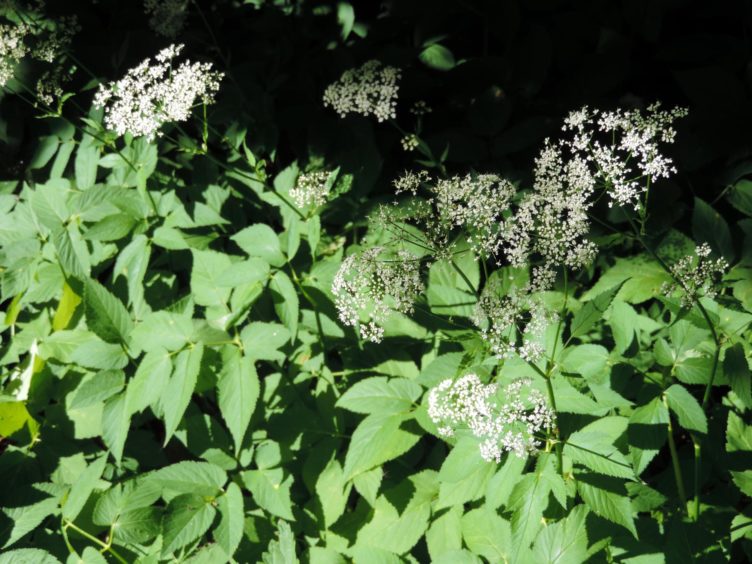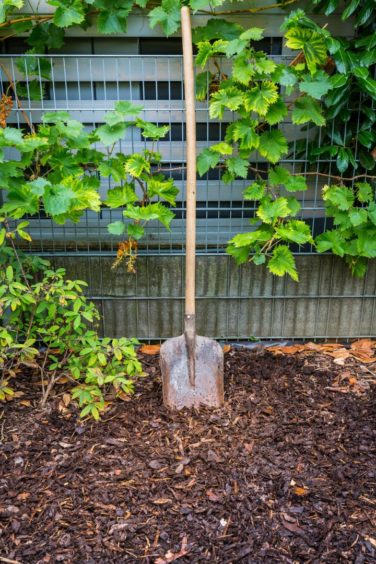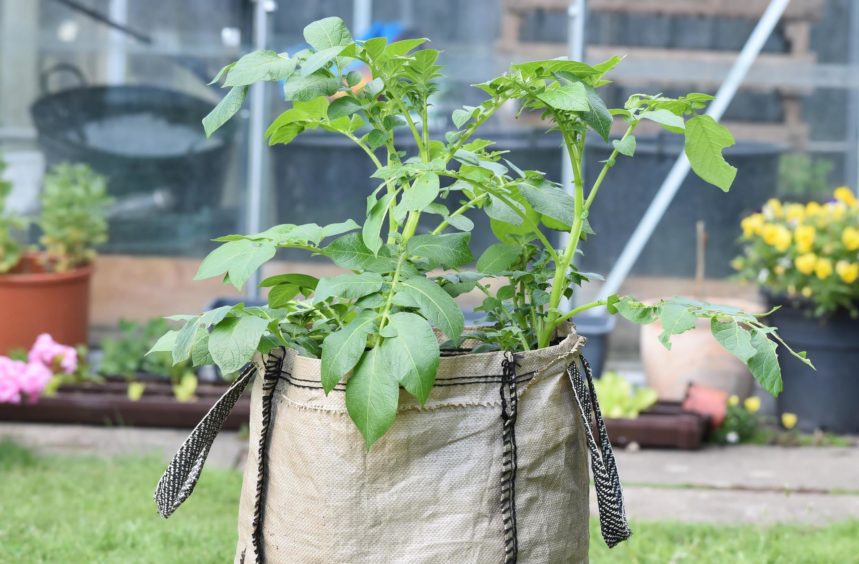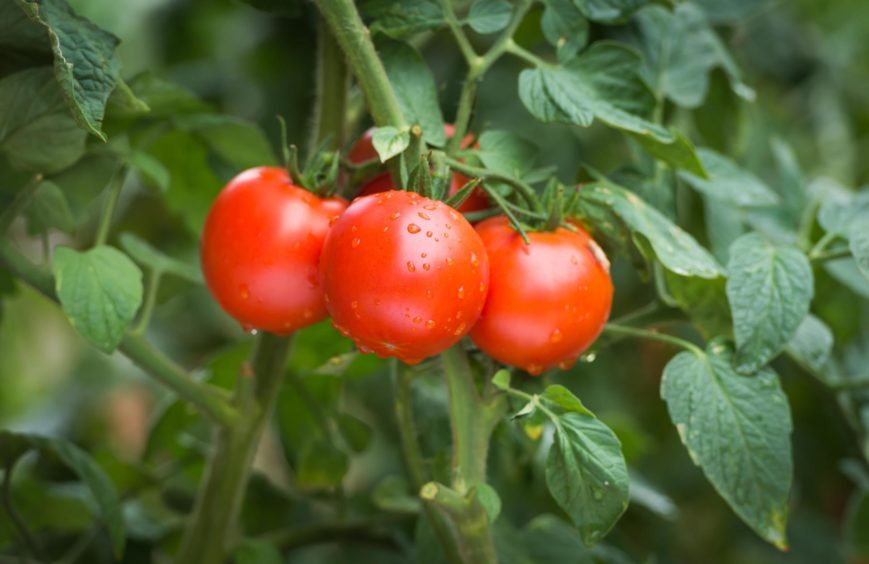I don’t think I’ve ever been so excited to see a November. I really enjoy growing my own vegetables at home, but like all of us now and again, things didn’t go to plan for me in the kitchen garden this year. However, this mid-autumn time is perfect for getting back on track.
Back in early spring things started off as usual, taking advantage of the protection a glasshouse offers to grow the likes of lettuce, spinach and beetroot in plugs weeks earlier than you can sow them directly outdoors. Unfortunately, by the time May came and when I should have been planting these and more into the ground outside, life was anything but normal. I was so busy keeping on top of jobs elsewhere in the garden, I just didn’t have the time for the veg.
I won’t be missing out again next year.
The first thing I need to do is to get on top of the weeds that have been left to grow unchecked all summer. I don’t like using chemicals where I grow my food crops so a bit of graft is going to be required. I’ve had a wee look and thankfully it is mostly annual weeds, that do their business then die, rather than those perennial ones that will keep coming back.
Creeping buttercup, ground elder, nettles, thistles and docks need dug out root and all to get rid of them completely but you don’t necessarily have to risk breaking your back to do this, especially if you have a larger area to get on top of or are looking to convert a patch of lawn.
One trick I’ve used quite successfully is covering an abandoned patch with cardboard which excludes light getting to the weeds, thus stopping them from growing. (It’s also a novel way to deal with all the packaging from all the home deliveries we are getting these days!)
As I wanted to start growing veg almost immediately I then covered this with a thick layer of compost over 30cm thick which I appreciate I was lucky to get a hold of. I didn’t grow any deep rooted plants like carrot or parsnip that first year giving time for the cardboard to decompose but did manage virtually everything else.
With the annual weeds I wont be looking to go to the effort of clearing all of them, only pulling out the biggest and worst of them plus any little grasses that I see. It’s actually the hidden danger I’m more concerned about, all the seeds that these weeds will have left behind before they died that will be looking to grow next year again in abundance.
Once I’ve completed all the weeding I intend to do, I’ll apply a good layer of mulch (5cm to 7cm) on the surface of the soil that, just like the cardboard, should smother any seeds and weeds out and preventing them from coming back next year.
In effect, I’ve just described the ‘no-dig’ method of growing veg which is pretty much what I do these days. It’s not me being lazy but a practise that makes sense to me and is proven to work.
Feed your soil
Instead of ‘digging in’, an annual dressing of compost is spread over the surface of the soil feeding it and replacing spent nutrients. Compost could be bags bought from the garden centre, well-rotted farm-yard manures, leaf moulds, kitchen and garden waste or in my case a combination of all that I have available. As there is less digging involved the structure of the soil is not damaged and organic matter is allowed to build up instead of being buried, ultimately enhancing soil fertility and raising water holding capacity.
I don’t have masses of space to grow veg and I also have the challenge of not actually owning the home where I live so there is only so much I can do or am prepared to invest. We are gardeners though, a hardy bunch, where there’s always a solution or two to this!
To save taking up space in the plot I can grow potatoes in planting sacks or what Carole did on Beechgrove this year; up-cycle her ‘bags for life’. I reckon half a dozen will do and I’ll be looking to grow a different variety in each.
I am lucky to have use of a glasshouse but I’d rather be using it to grow more bulbs so I fancy trying one of those mini grow houses for my tomatoes which are relatively inexpensive. I plan to place it in a sunny space up against the wall of my house where I can also take advantage of the heat that radiates out of the old stone walls which will help keep my plants cosy at night.
Jobs for this weekend
Get growing for next year already by starting off hard neck varieties of garlic and onion sets, planting into modules or small pots which can be kept in an unheated greenhouse or cold frame. Unless you grow in a mild part of the country in a soil with good drainage you could lose these plants to winter wet and frosts, by doing this we are giving ourselves a head start where they will soon romp on when planted out in spring.
Brian Cunningham is a presenter on BBC’s Beechgrove Garden and head gardener at Scone Palace. Follow him on Twitter @gingergairdner













